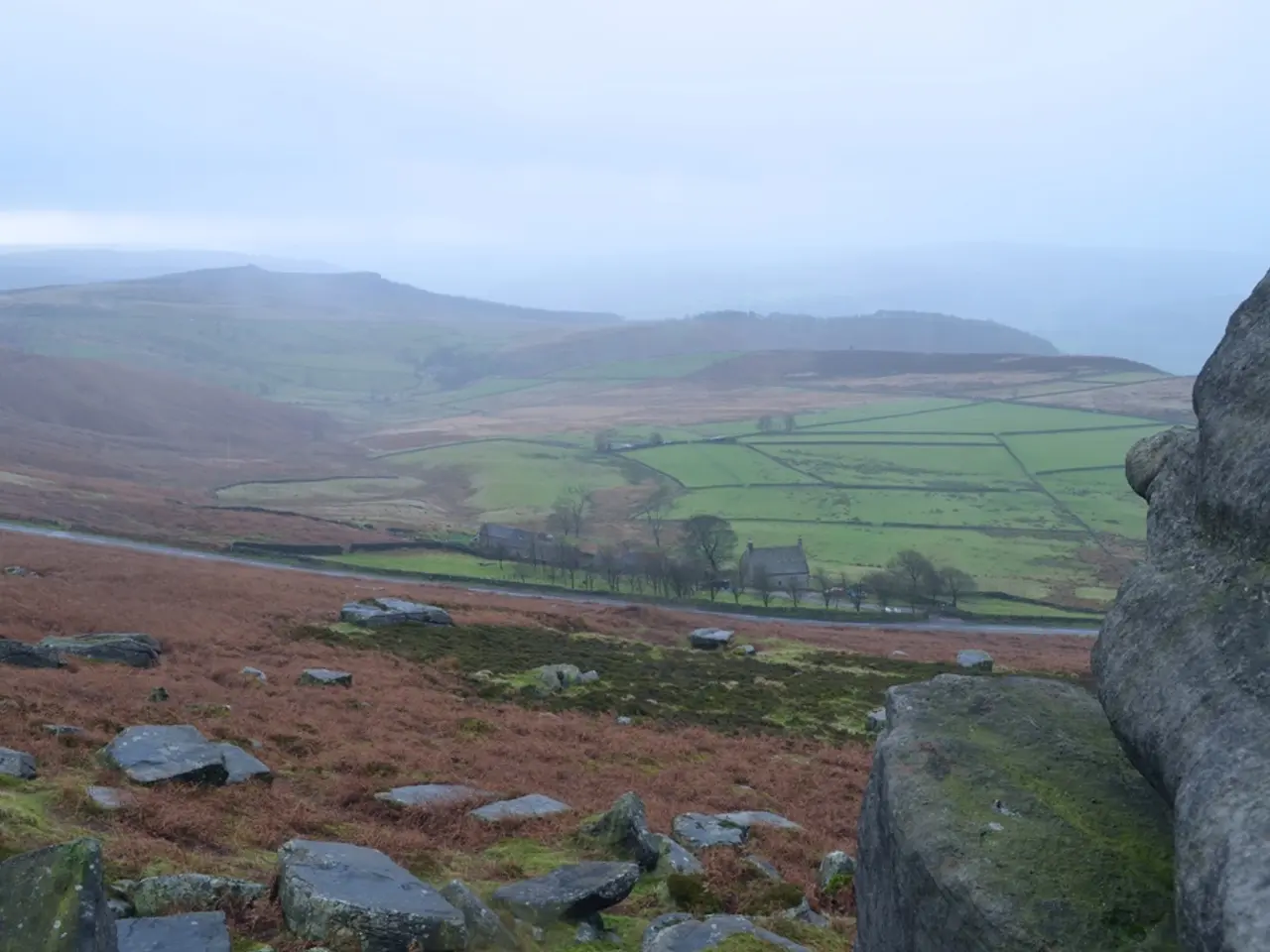Enhancing the Tourist Experience Worth in Himachal Pradesh
In a bid to boost tourism and preserve the pristine beauty of Himachal Pradesh, a comprehensive strategy has been proposed to foster sustainable tourism development. The strategy, focusing on wildlife tourism, ecotourism, and aligning hydro projects with tourism interests, aims to create a balance between economic growth and environmental conservation.
The strategy begins with community-led and culture-rooted tourism, engaging local communities directly in tourism initiatives. This approach, as demonstrated in the Mystic Village near Khajjiar, empowers local groups, especially women, through initiatives like local artisan stores and community kitchens, generating income while preserving cultural identity.
Ecotourism projects, carefully planned to minimize environmental damage, are another key aspect of the strategy. Recognizing the pressures on fragile areas like Rohtang and Solang valleys, the plan aims to enforce and enhance regulations to limit tourist numbers, control private vehicle access, and reduce overcrowding in popular sites.
Waste management and pollution control are critical components of the strategy. Robust waste and sewage management systems will be established, particularly near rivers and tourist hubs, to prevent contamination from hotels and tourism activities. Innovative schemes like Digital Deposit Refund Systems (DDRS) tailored for mountain regions will be implemented to tackle plastic waste, provide livelihoods for waste collectors, and foster long-term behavioural changes in waste disposal among tourists and locals.
Integrating hydroelectric projects with tourism and environmental interests is also a key focus. The strategy advocates for integrated land use planning and environmental assessments to avoid disrupting wildlife habitats and scenic landscapes critical to tourism. Multi-stakeholder governance involving local communities, tourism operators, environmentalists, and hydro-project developers will be promoted for balanced decision making.
Technology and targeted marketing will play a significant role in the strategy. The latest construction technologies will be applied for roads and bridges to reduce ecological footprint and improve infrastructure quality. Targeted marketing strategies focusing on high-spending, responsible tourists who value sustainability and community benefits will be employed, supporting district-specific tourism products and specialization.
Legal and policy measures are essential for the successful implementation of the strategy. Forest rights implementation and policies protecting pastoral commons will be expedited to secure community-owned natural resources essential for ecotourism and wildlife conservation. Accountability mechanisms for sustainable tourism development will be enhanced, ensuring compliance with environmental regulations and climate adaptation needs.
The strategy, combining community empowerment, environmental conservation, efficient waste management, integrated planning, and policy enforcement, aims to foster sustainable tourism development in Himachal Pradesh that supports wildlife tourism, ecotourism, and reconciles hydroelectric development with tourism prosperity and environmental health.
It is crucial to remember that tourism policies in Himachal Pradesh must understand what drives tourism and tourism value. Policies that aim to enhance tourist spending and attract high-value tourists must be well-planned to avoid causing further problems.
Himachal Pradesh boasts unique assets for tourism, including Pong Wetland, high altitude lakes like Parashar and Chandertaal lake, and World Heritage Sites like the Great Himalayan National Park. Wildlife tourism, including birding and rare animals like the elusive snow leopard, could be a big draw for nature lovers in Himachal Pradesh. Proper management of tourism in destinations like Shimla, Manali, Dharamshala, and Dalhousie is necessary to prevent problems for local communities and the environment.
The tourism potential for adventure activities like mountaineering, wildlife, and birding tourism in Himachal Pradesh is high, but requires careful management to avoid negative impacts. Unfortunately, no public-access gardens exist in Himachal Pradesh, unlike in other countries. However, a trans-state walking track of international standard could be developed in Himachal Pradesh, suitable for intermediate level walkers.
It is essential to manage adventure tourism activities carefully to prevent problems for both the environment and local communities. Hydro projects in Himachal Pradesh could be interesting tourist attractions for some people, but no provisions are currently made for harmonizing tourism interests and hydel works. A comprehensive marketing strategy is needed for Himachal Pradesh tourism, as leisure tourism is a product of advertising.
Sports enthusiasts may find tempting opportunities for adventure activities in Himachal Pradesh, such as mountaineering and birding tours. The strategic implementation of sustainable tourism initiatives cannot overlook the potential for sports tourism, which could be integrated with existing hydro projects to create unique tourist experiences.
Following the success of community-led tourism initiatives like the Mystic Village, sports clubs and local sports associations could collaborate, providing opportunities for locals to engage in sports and promote a healthy lifestyle, while attracting sports tourists to Himachal Pradesh.




